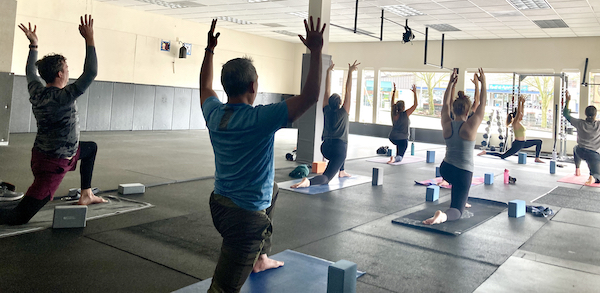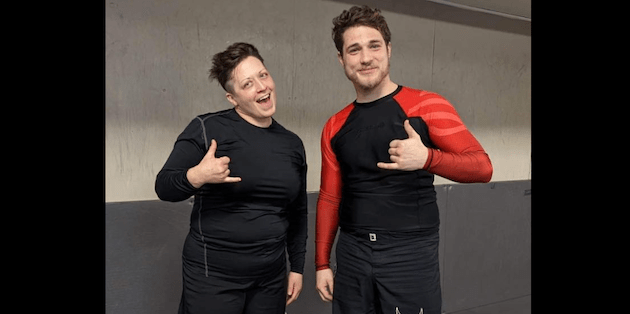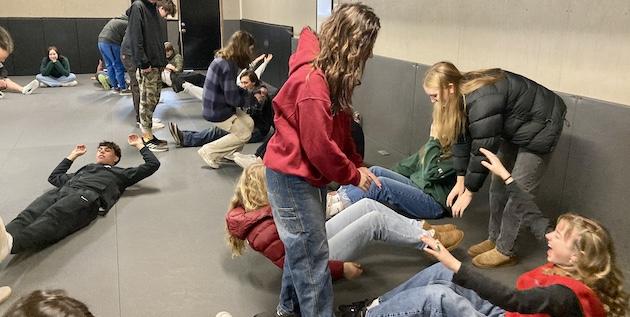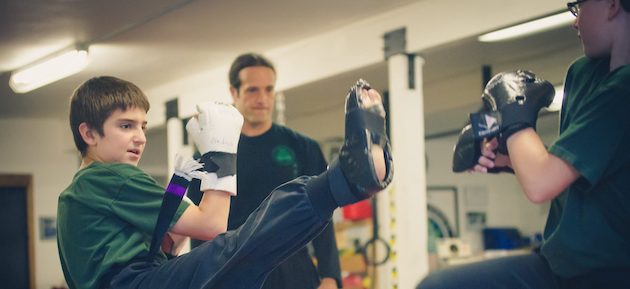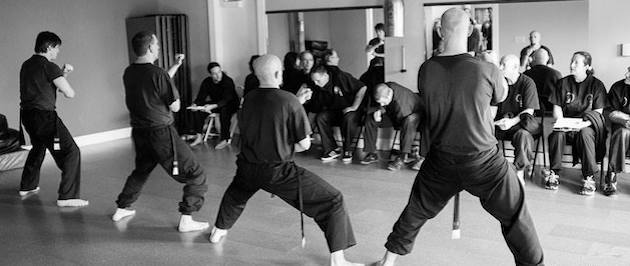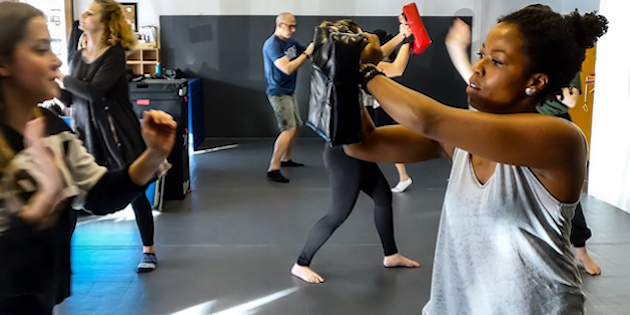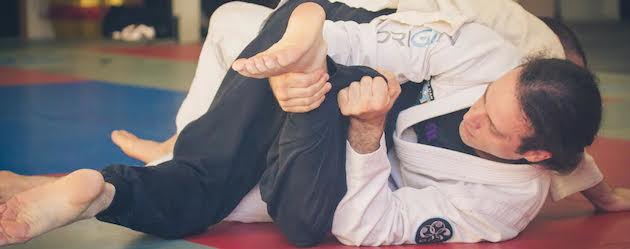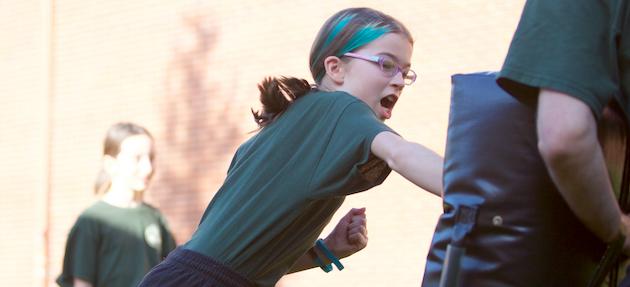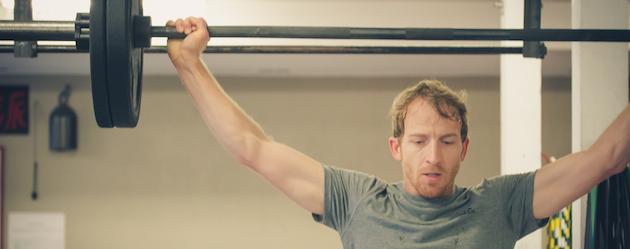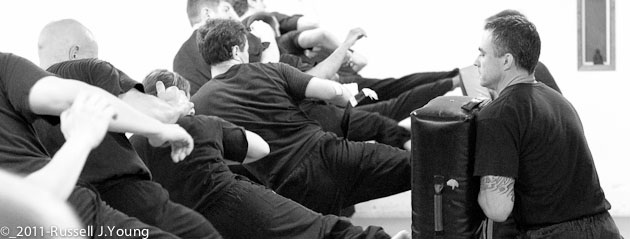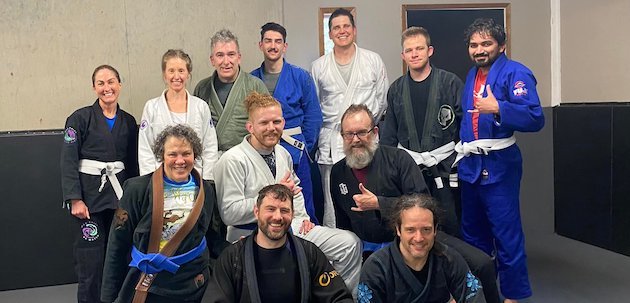If you’ve ever sparred, you know one of the most sublime things you can experience is an effortless evasion of your partner’s punch accompanied by your own perfect counterpunch. It’s so sublime because against a partner anywhere near your own skill level, it’s really hard.
One of the more difficult things to get down when evading is moving your feet. Most folks can move their head out of the way and shift their torso but this usually puts you in a bad position to counter strike and a worse position to handle any additional strikes your partner might throw at you after the first one. To help with this difficulty, we broke the drill into four parts.
Step one: let your partner throw the punch and let it hit you. Provided you’ve got a decent partner, they will be feeding you a slow punch. You want to know that if you don’t move out of the way, there will be some (but not a damaging amount of feedback.)
Step two: Duck. When that roundhouse punch comes at you, and you now know that your partner is going to hit you if you don’t move, get out of the way. Keep your hands up and your eyes forward. If you know how to do a weighted back squat, the structure of your body is going to be pretty similar to that movement, although you only need to make the punch just miss your head – there is no need to duck any lower. In fact, ducking lower will waste time, time in which your partner might throw another strike before you have recovered.
Step three: move your feet. Not one foot. Both feet. Try and go under your partner’s strike and end up on their outside – away from their other hand and away from their centerline. You have now moved to a spot where they have to turn and adjust before they can hit you. You have better position.
Step four: counterpunch. At the bottom of your duck, seamlessly throw your own strike back at your partner. It can be a hook, an uppercut, an elbow, or even a groin or throat strike if you’re drilling for self defense. I recommend getting one strike that feels easy for you (a hook to the body works well for me) and then branching out after a few minutes of drilling.
Drill. Be patient. Start slow. Take it step by step. One day, when you are sparring, you will achieve the nirvana that is dodging a strike and delivering your own counterstrike. When you do it right, it will feel effortless and require no thought but, you will know it was all those hours, days, and years of training finally bubbling to the surface.




